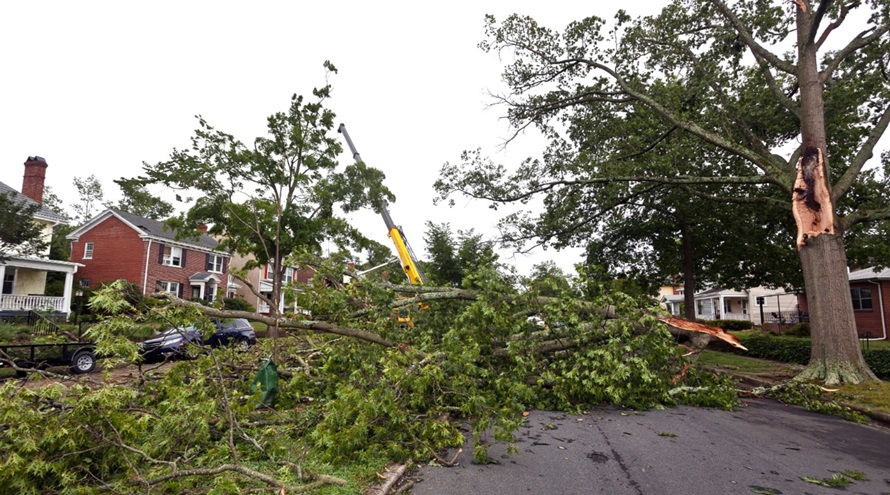
What To Do With Storm-Damaged Trees
Storms can damage trees severely, causing safety concerns and potentially harming property. While some damage may appear minor, even slight harm to trees can lead to long-term issues if not properly addressed. In situations like this, homeowners often need to rely on professional services such as a tree service in Johns Creek to assess and manage the condition of storm-damaged trees. A certified arborist can determine whether a tree can be saved through pruning and restoration or if removal is necessary.
Assessing the Damage
After a storm, it’s essential to assess the extent of the damage to your trees. Look for split trunks, large broken branches, or trees leaning at dangerous angles. Small branches can often be pruned to promote recovery, but major structural damage may require more significant intervention.
Minor Damage
Trees with minor damage, such as broken branches or split limbs, can often be salvaged. It’s important to trim the broken sections carefully in these cases to avoid further harm. Proper pruning can help the tree heal more efficiently while maintaining its overall shape.
Major Damage
When large branches are torn away, or if the trunk is split, the tree’s structural integrity may be compromised. In these instances, it’s crucial to seek professional advice. A tree service expert can evaluate whether the tree poses a safety risk or can be restored. For example, crown restoration may be an effective technique to help storm-damaged trees recover.
Homeowners might consider tree removal services for significant damage to prevent further property damage and avoid risks associated with damaged trees.
Immediate Steps to Take
After a storm, there are a few immediate actions you can take to ensure safety and start the recovery process for your trees.
Ensure Safety First
Before inspecting your trees, always ensure no power lines are entangled in branches or leaning trees. If you suspect any contact with electrical lines, contacting your utility company before taking any further steps is vital.
Clear Small Debris
For smaller branches and twigs scattered around your yard, carefully clean up the area to prevent tripping hazards. However, avoid attempting to handle large limbs or leaning trees alone, as these can present significant dangers.
Call a Professional
Once you’ve ensured safety and done minor cleanup, it’s time to consult with a professional tree service. Arborists can provide a thorough evaluation and suggest whether crown restoration or other methods are appropriate for saving a damaged tree. In some cases, removing hazardous trees might be the best option to prevent further damage to your property.
Tree Recovery Options
Once the immediate risks have been addressed, there are a few common approaches to help trees recover from storm damage.
Pruning and Crown Restoration
Pruning is often the first step in helping a tree recover from storm damage. By carefully removing broken or damaged branches, you can promote new growth and ensure that the tree remains balanced. Crown restoration, a more advanced method, can also be utilized to reshape the tree and encourage healthy regrowth over time. Homeowners interested in learning more about recovery techniques may want to explore crown restoration methods used for storm-damaged trees.
Tree Removal
Unfortunately, not all trees can be saved after a storm. Trees that are leaning dangerously or have suffered major structural damage may need to be removed entirely. In these cases, tree removal is often the safest and most effective option to prevent further damage to property or injury. For homeowners dealing with extensive damage, professional tree removal can provide peace of mind while ensuring the safety of their surroundings.
Conclusion
Storm-damaged trees can pose significant risks, but with proper care and timely intervention, many trees can recover. Whether it’s through pruning, crown restoration, or tree removal, the key is to act quickly and seek professional guidance. Ensuring the safety of your property and the health of your trees should always be the top priority following a storm.
